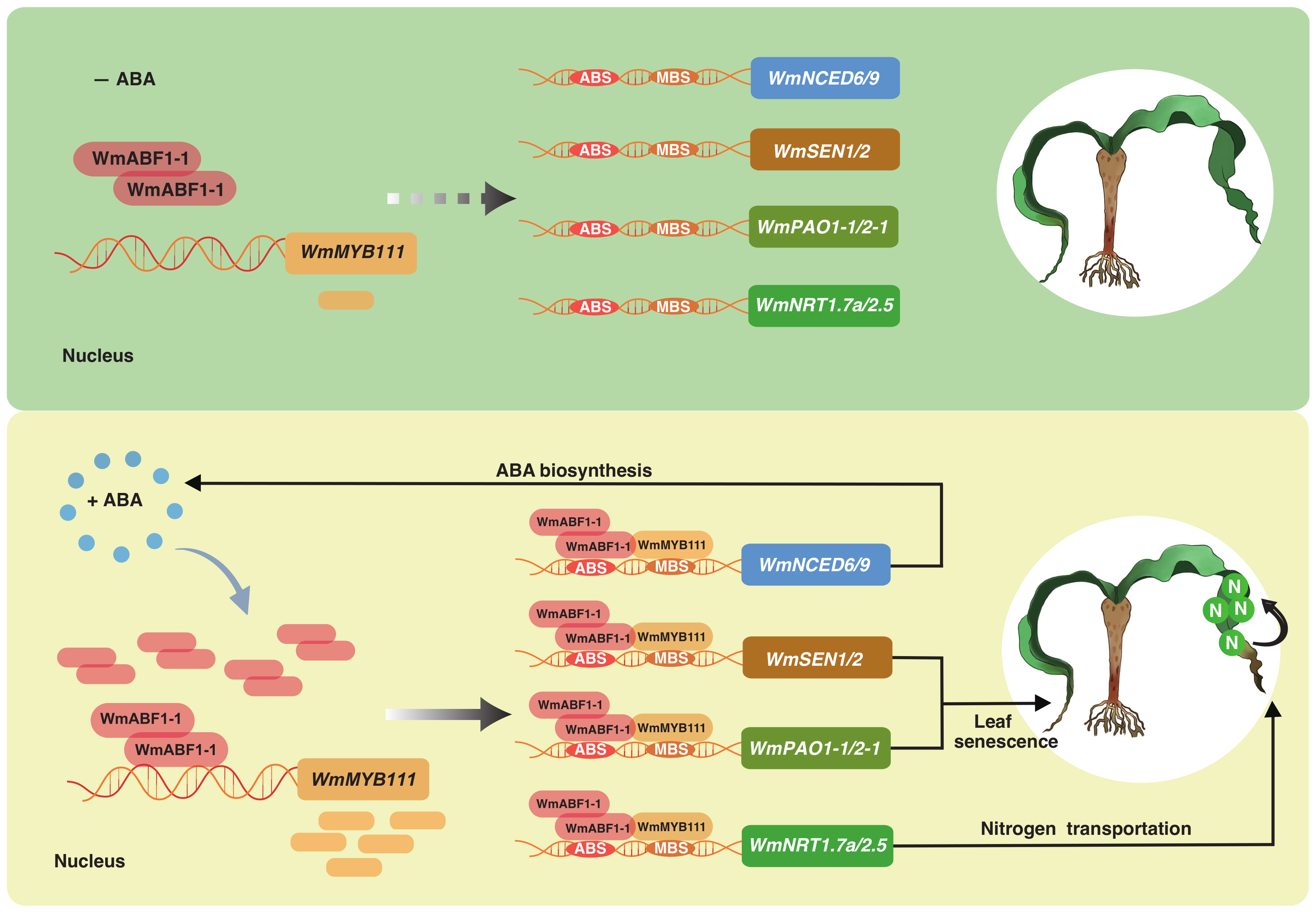Name:WAN Tao
Tell:
Email:wantao@wbgcas.cn
Organization:Wuhan Botanical Garden
Ancient Desert Survivor: Researchers Uncover Key to Welwitschia's Leaf Aging
2025-09-10
In the extreme deserts of southern Angola and northern Namibia, a single plant species stands out: Welwitschia mirabilis. This ancient gymnosperm is legendary for only two leaves persisted aboveground throughout its entire life, which can continuously elongate for thousands of years, leading to its evocative Afrikaans name: "tweeblaarkanniedood," or "two leaves that cannot die". While Welwitschia' s resilience to extreme environmental stresses is well - established, while the internal mechanisms of its leaf aging have been a scientific puzzle.
Recently, researchers from the Wuhan Botanical Garden, Chinese Academy of Sciences unlocked a crucial secret behind the survival of Welwitschia mirabilis: a specific transcriptional module "WmABF1-1-WmMYB111" that controls how its leaves age. Results have been published in the Plant Biotechnology Journal entitled "The module WmABF1-1-WmMYB111 manipulates the leaf senescence ofWelwitschiaby integrative regulation of abscisic acid biosynthesis, chlorophyll degradation and nitrogen transportation".
The study identifies that WmMYB111 acts as an abscisic acid (ABA) - inducible transcription factor that could activate the gene expression which associated with ABA biosynthesis (WmNCEDs), leaf senescence (WmSAGs), chlorophyll degradation (WmCCGs) and nitrogen transportation (WmNRTs). Meanwhile, in ABA signaling pathway, the WmABF1-1 (ABA-responsive element binding factor 1) actes upstream of WmMYB111 in modulating gene expression of WmMYB111 and downstream genes, which shapes a proactive transcriptional cascade regulatory network.
These results reveal a pivotal module that orchestrates the multidimensional regulatory program of leaf senescence, establishing a functional link between ABA accumulation and nitrogen utilization efficiency.
"Understanding how Welwitschia manages its resources and responds to stress could provide valuable insights for understanding how external signals are integrated into the plant internal age information," said Prof. WAN Tao, the corresponding author. "This is the first time we've been able to detail the transcriptional regulation that governs aging in this remarkable plant."
This work was funded by the National Natural Science Foundation of China, additionally supported by the Scientific Research Program of Sino - Africa Joint Research Center, China - Zimbabwe Belt and Road Joint Laboratory on Agricultural Ecology and Cash Crops and China Postdoctoral Science Foundation.

The model of the regulation of ABA-induced leaf senescence and nitrogen transport in Welwitschia governed by WmABF1-1-WmMYB111 module (Image by WBG)